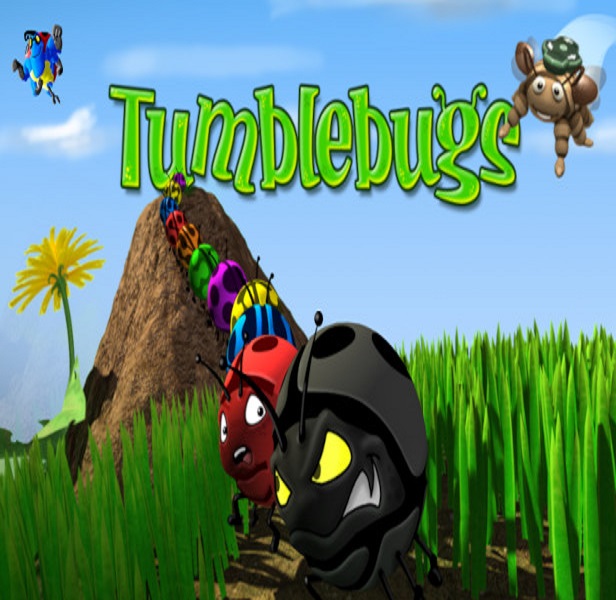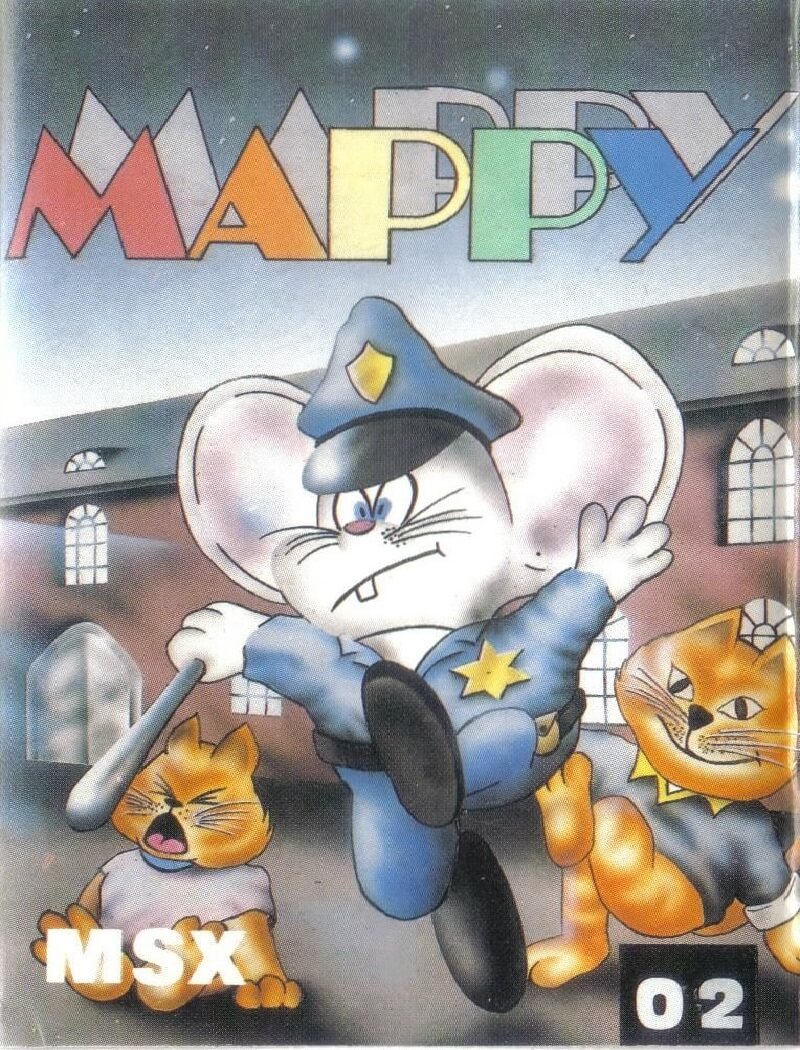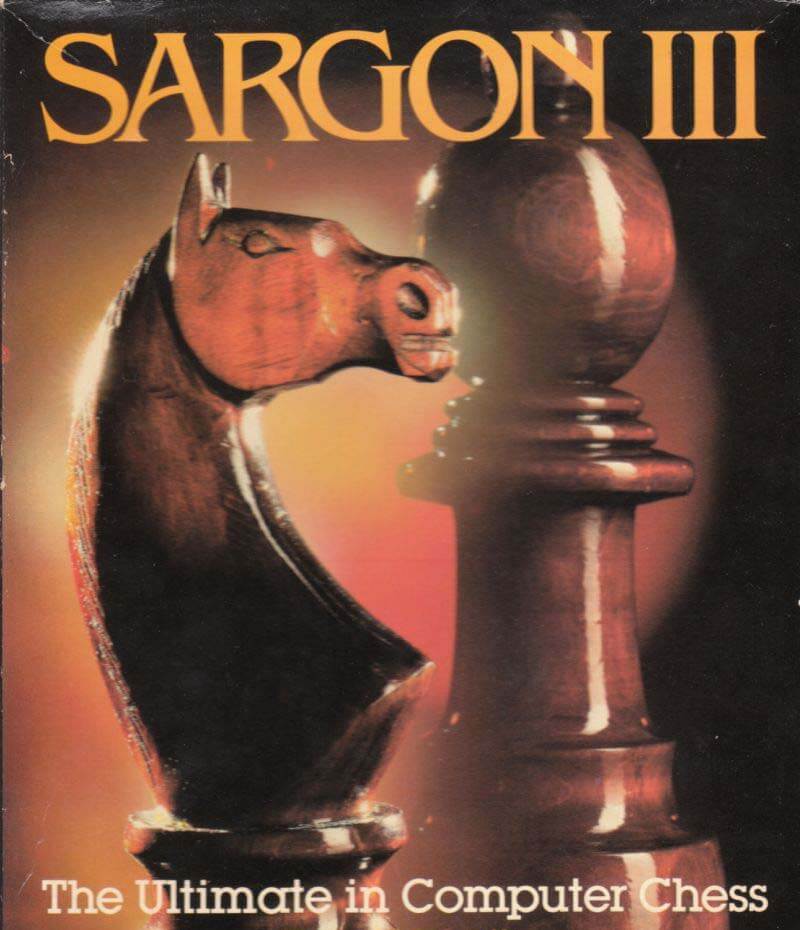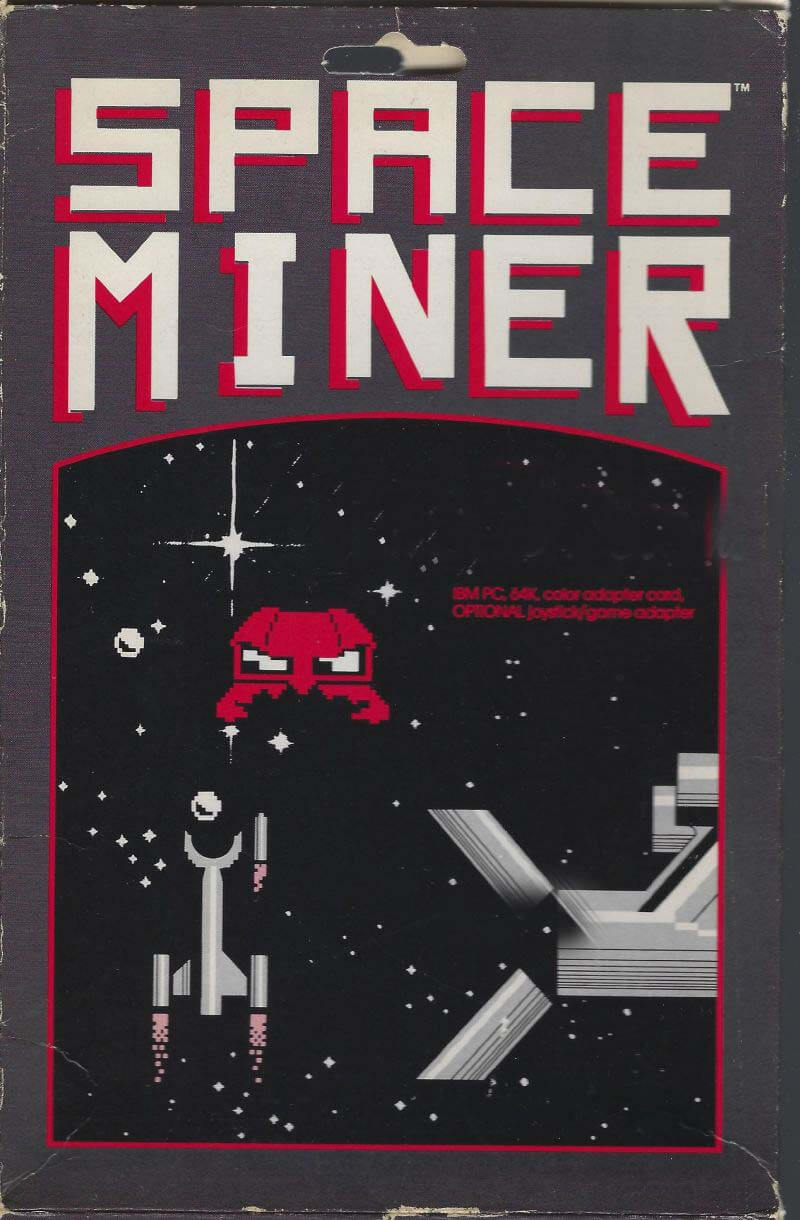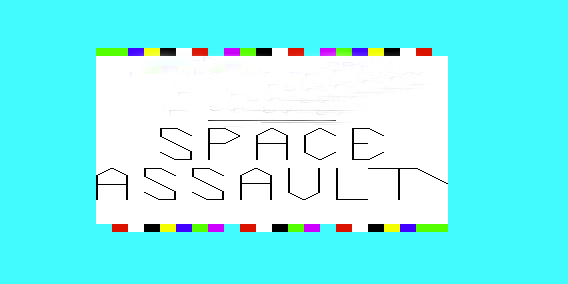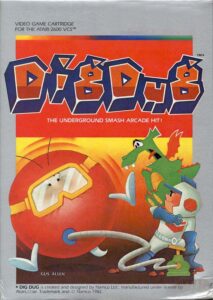
Download Dig Dug
Dig-Dug_Apple-II_EN.zipDig-Dug_Atari-8-bit_EN.zipDig-Dug_Atari-2600_EN.zipDig-Dug_Atari-7800_EN_NTSC-version.zipDig-Dug_C64_EN.zipDig-Dug_DOS_EN.zipDig-Dug_FM-7_JA_Neo-Kobe-Release.zipDig-Dug_PC-88_EN.zipDig-Dug_VIC-20_EN.zipReleased in 1982, Dig Dug has become one of the most iconic video games of its time. Developed by Namco in Japan and later licensed for North American distribution by Atari, Inc., this game captured the hearts of arcade enthusiasts with its simple yet challenging gameplay. In this article, we will delve deep into the game’s mechanics, its legacyand why it continues to be a beloved classic over the years.
Understanding Dig Dug’s Gameplay
At its core, Dig Dug is an arcade game where players navigate through underground layers, digging tunnels and avoiding or defeating monsters. The objective is to eliminate all the enemies on each level to progress to the next. Players control the protagonist, Dig Dugand can eliminate foes in two ways: inflating them with an air pump until they pop or dropping rocks on them.
The game introduces two types of enemies:
- Pookas: Round, red monsters wearing goggles.
- Fygars: Green, dragon-like creatures that can breathe fire.
Players must strategically maneuver through the dirt, utilizing the terrain to outsmart enemies. The level of strategy and quick reflexes required added a layer of complexity and appeal to the game.
The Legacy of Dig Dug
What sets Dig Dug apart from many other arcade games of its era is not just its gameplay, but its widespread acclaim and lasting legacy. The game was a commercial success, capturing the attention of gamers worldwide. Its influence extends beyond arcades, with versions released for various home systems, ensuring that the game reached a wide audience.
Dig Dug has also appeared in multiple forms over the years, including sequels like Dig Dug II and appearances in other games, showcasing the character’s popularity and the game’s impact on the industry.
Cultural Impact and Nostalgia
Part of the charm of Dig Dug lies in its simplicity and the nostalgia it evokes. The colorful graphics, catchy soundtrackand straightforward gameplay remind players of a bygone era of gaming. For many, it represents the quintessential arcade experience, encapsulating the excitement and innovation of the early 1980s arcade scene.
The game has also made its way into popular culture, referenced in television, musicand more, further cementing its place in the collective consciousness of gamers and non-gamers alike.
Why Dig Dug Remains Relevant Today
In an age of complex video games with high-definition graphics, the question arises: why does Dig Dug continue to be relevant? The answer lies in its timeless gameplay. It’s a game that’s easy to learn but challenging to master, offering endless entertainment to players of all ages. Moreover, it serves as a reminder of the roots of video gaming culture, offering historical value alongside its entertainment value.
The resurgence of interest in retro games has also played a part in keeping Dig Dug in the public eye. Its inclusion in various compilation releases for modern consoles and availability on mobile platforms has introduced the game to a new generation of players.
Conclusion
From its humble beginnings in the arcades of Japan to becoming a global phenomenon, Dig Dug has solidified its place in the annals of video game history. Its blend of simple yet addictive gameplay, charming visualsand memorable characters have ensured that it remains a beloved classic, decades after its release. Whether you’re a fan of retro games or just looking for a fun way to pass the time, Dig Dug offers a gaming experience that’s as engaging today as it was in 1982.
In an ever-evolving industry, the enduring appeal of Dig Dug stands as a testament to the lasting impact of well-designed games. It reminds us that sometimes, the simplest pleasures are the most enduring ones.
